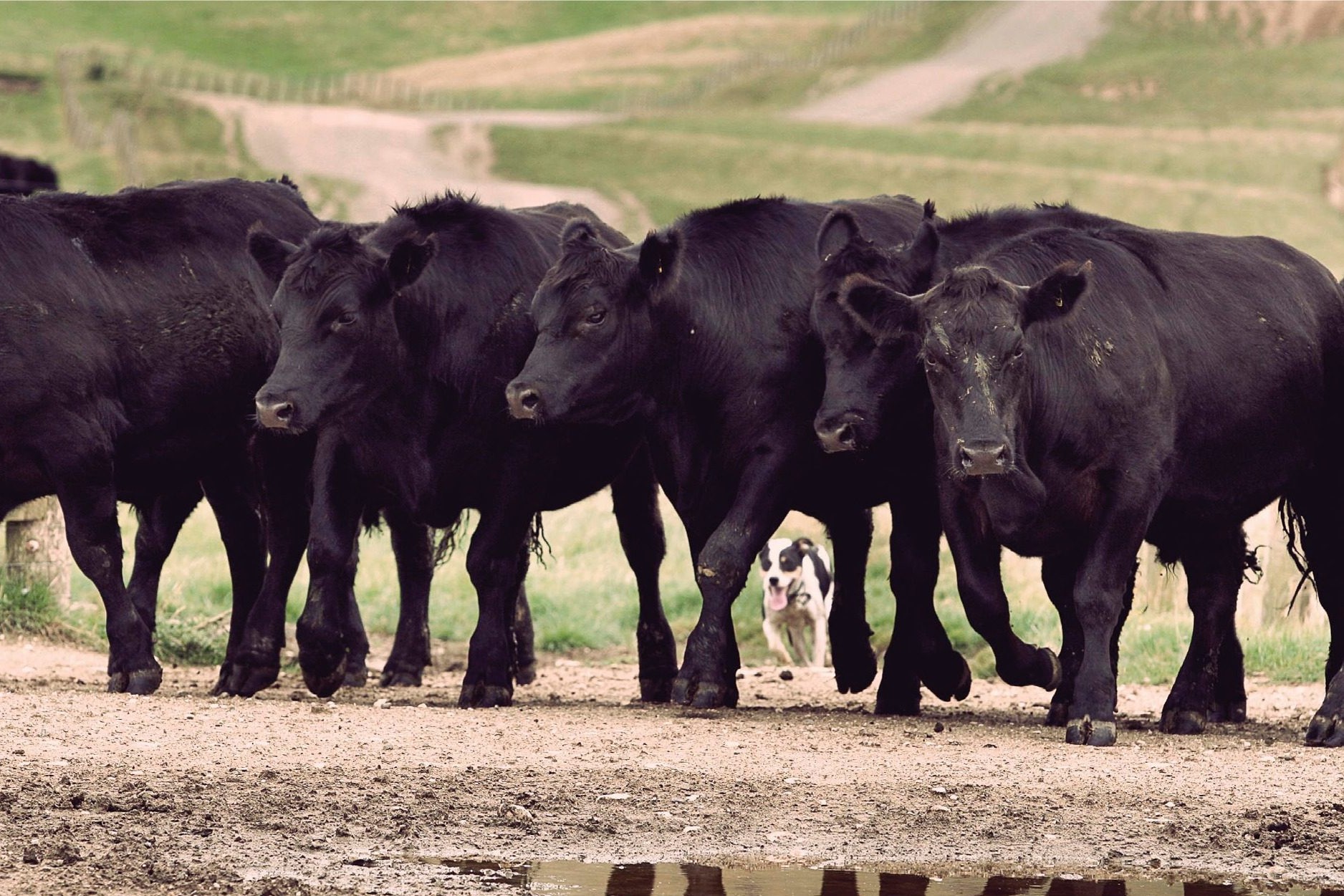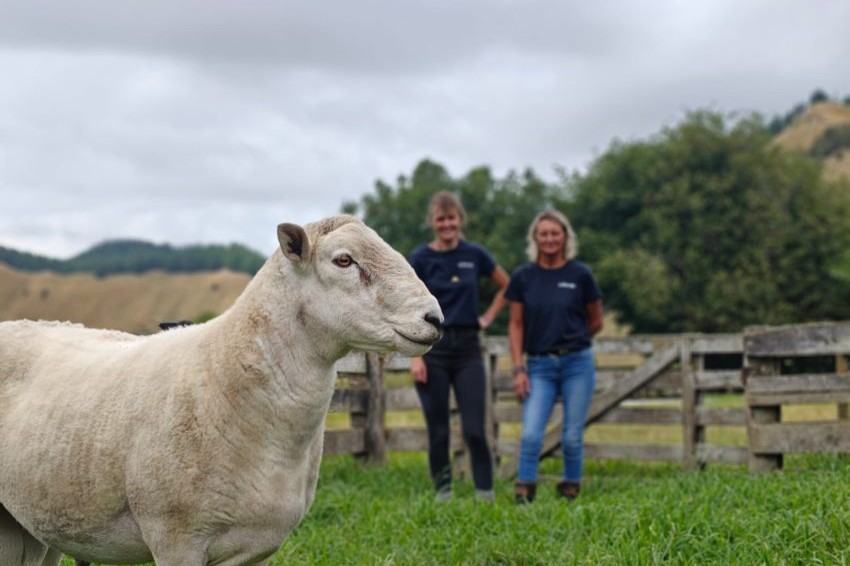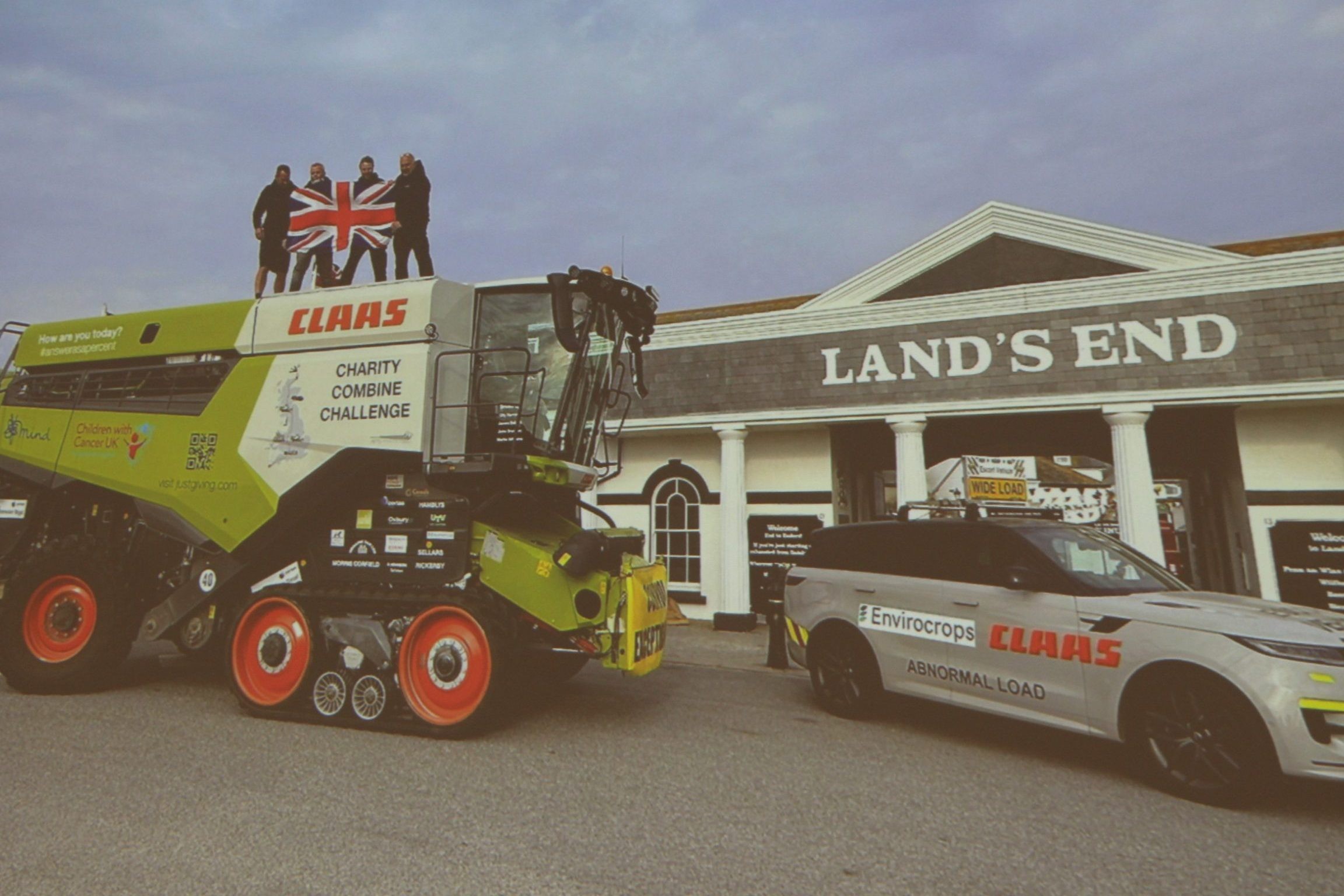Mt Linton Station records high premiums
Tony Leggett spoke to Mount Linton Station's general manager Ceri Lewis about the Station's beef premiums.

Tony Leggett spoke to Mount Linton Station’s general manager Ceri Lewis about the Station’s beef premiums.
A strong emphasis on improving eating quality is delivering substantial premiums at slaughter for beef cattle from Mount Linton Station in Southland.
The station’s general manager Ceri Lewis also runs the cattle operation, comprising 2400 commercial cows and an 800 cow Angus stud.
“We’re very fortunate to have the commercial side to the business because it acts like a benchmark for our stud cattle programme. We can see the progeny coming through, getting killed and see their kill results, the marble scores and the carcase weights,” he says.
Three key areas are focused on to ensure eating quality – genetics, feeding and management.
“Without genetics, you’re never going to get there. If you haven’t got an animal that’s got a genetic propensity to marble, (it) doesn’t matter what you feed them or how you manage them, it’s not going to come through.”
Lewis says the aim is to have cattle that are fed to grow every day.
“Our target is to grow them at 0.75kg- 1kg a day throughout their lives. That’s from the day they’re born, right through to slaughter.”
“We’re targeting a 300kg carcase animal at Mount Linton, minimum, because we find that if they’re not up to 300 kilos then they don’t express that marbling, so that’s a minimum.”
“You do need a level of rib fat and rump fat because we need it to be prime enough to be able to finish at 300 – 325kg before its second birthday and to do that, we need some fat in the system. “
Once the Mount Linton calves are weaned they go on to hill country over the winter for six months on swedes and kale. In spring, they are mustered down the hill onto what Lewis calls “rocket fuel mix”, a clover dominant pasture with both red and white clover, plus plantain and fescue.
“They do really well on that pasture, typically putting on sort of a kilo, to a kilo and a half a day on average, right through till the autumn. Then in May, we transition those animals onto fodder beet.”
Lewis says the bonus with fodder beet is that if the animals have a genetic propensity to marble, consuming the crop will enhance that. Cattle grazing pasture alone will show good levels of marbling at 16-17 months of age, but he says once they have been on fodder beet for up to 40 days, they show a higher marbling score.
Docile cattle
Management of cattle is also critical.
“First and foremost we aim to have quiet animals so docility is something that we are really strong on in our selection process when we are looking for bulls.”
“It also impacts how we manage those animals throughout their lives really, so every time those animals come through the yard we want them to have a stress-free experience.”
Changes have been made to yard design to create a natural flow for the cattle into and around the yards as they are weighed and sorted.
Staff don’t use huntaways, only heading dogs, and the cattle are herded in at walking pace if possible.
“We don’t let them run, we don’t use sticks in the yards at all, we just make sure the yards have good flow and every time they get weighed, it’s just a really calm experience for everyone involved.”
He shares kill sheets with staff and the trucking company to make sure everyone involved knows how the cattle perform.
In the early stages of setting up the system to produce high quality beef, they found some cattle were producing high pH, dark meat so they investigated to find out why.
“I was scanning everything on to the top or bottom deck and found that the animals on the top deck were the worst. So, we built a double-deck loading ramp and virtually solved that pH problem overnight.”
The other tool used at Mount Linton to maximise the genetic potential for marbling is through carcase scanning the heifer replacements and removal of the bottom cut to lift the average score. Marbling has high heritability.
Mount Linton supplies cattle to two premium beef programmes.
It was a pilot farm for the Silver Fern Farms Beef EQ programme. Lewis says only a little over half their cattle were meeting the specification to attract the premiums when they first began supplying. Now, their hit rate is consistently reaching the low 90s.
More recently, the station has also begun supplying the Alliance Group’s Hand Picked Beef programme which is paying significant premiums for carcases that have a marble score two or better and up to marble score six.
“A recent line of Mount Linton cattle that were killed through the Alliance programme averaged a marble score of just under five which is very pleasing.”
Footnote: This article was written from a video presentation featuring Ceri Lewis which was delivered during the recent What’s the Beef roadshow at nine venues nationally.
- Visit www.whatsthebeef.co.nz for more information.




